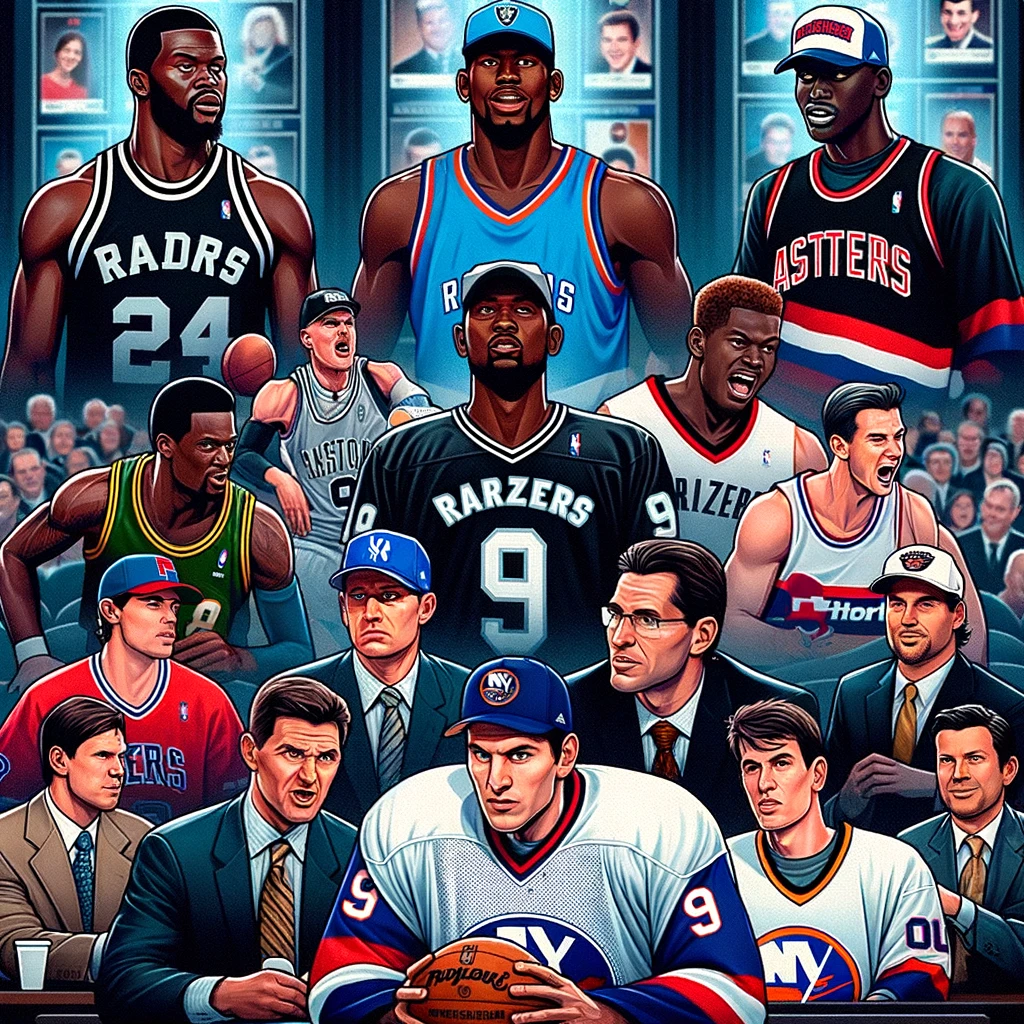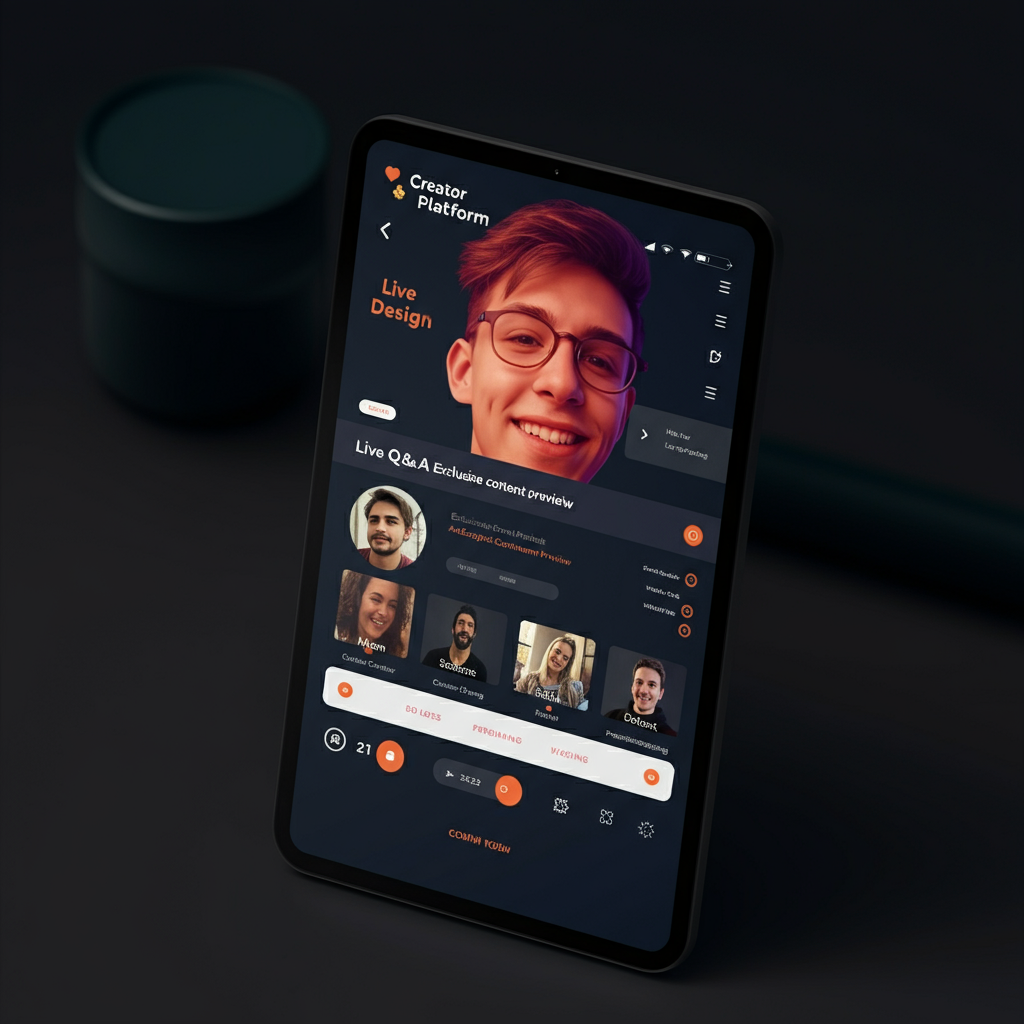Unsuccessful Draft Picks: The Hits That Missed

The process of selecting players in professional sports drafts is fraught with uncertainty. Teams invest heavily in scouting, analysis, and predictions, hoping to find future stars who will lead them to victory. However, not every draft pick pans out as expected. This article explores the phenomenon of unsuccessful draft picks across various sports, examining notable cases, underlying causes, and the impact on teams and players alike.
The Nature of the Draft
In professional sports, drafts are designed to distribute new talent evenly among teams, giving weaker teams a chance to improve by selecting top prospects. The National Football League (NFL), National Basketball Association (NBA), Major League Baseball (MLB), and National Hockey League (NHL) all conduct annual drafts. While the goal is to identify players who will become valuable assets, the outcome is often unpredictable. Factors such as injuries, personal issues, and the transition from amateur to professional play can influence a player’s success.
Notable Unsuccessful Draft Picks
NFL
- JaMarcus Russell (2007): Drafted first overall by the Oakland Raiders, Russell was expected to be a franchise quarterback. However, his career was marred by poor performance, lack of dedication, and weight issues. He played only three seasons in the NFL, recording 18 touchdowns and 23 interceptions.
- Ryan Leaf (1998): Selected second overall by the San Diego Chargers, Leaf was considered one of the top quarterback prospects. Unfortunately, his career was derailed by poor play, injuries, and off-field issues. He lasted only four seasons in the NFL, throwing 14 touchdowns and 36 interceptions.
NBA
- Greg Oden (2007): Chosen first overall by the Portland Trail Blazers, Oden was seen as a dominant center with immense potential. However, chronic injuries limited him to just 105 games over seven seasons. His career serves as a stark reminder of the unpredictability of draft success.
- Darko Miličić (2003): Selected second overall by the Detroit Pistons, Miličić was expected to be a key contributor. However, he struggled to find playing time and never lived up to the expectations. His career spanned 10 seasons, but he averaged only 6 points per game.
MLB
- Brien Taylor (1991): Drafted first overall by the New York Yankees, Taylor was a highly touted pitcher. A shoulder injury from a fight derailed his career, and he never reached the major leagues. His story is a cautionary tale about the fragility of athletic potential.
- Mark Appel (2013): Chosen first overall by the Houston Astros, Appel was expected to be a top pitcher. However, injuries and performance issues plagued his career. He retired in 2018 without having played a single game in the major leagues, though he made a brief comeback attempt in 2021.
NHL
- Alexandre Daigle (1993): Drafted first overall by the Ottawa Senators, Daigle was projected to be a generational talent. Despite flashes of brilliance, he never reached his full potential and retired with a modest 327 points in 616 games.
- Rick DiPietro (2000): Selected first overall by the New York Islanders, DiPietro was expected to be a star goaltender. However, injuries severely limited his career, and he played in only 318 games over 13 seasons. His 15-year, $67.5 million contract became a symbol of the risks involved in long-term investments.
Causes of Unsuccessful Draft Picks
Several factors contribute to the phenomenon of unsuccessful draft picks:
Injuries
Injuries are a common reason for a promising draft pick’s career to falter. Athletes may suffer from chronic conditions, acute injuries, or complications from surgeries. Greg Oden and Brien Taylor are prime examples of how injuries can derail careers that once seemed destined for greatness.
Psychological and Personal Issues
Mental health, maturity, and personal problems can significantly impact an athlete’s performance. Ryan Leaf’s struggles with mental health and substance abuse highlight the importance of psychological well-being in professional sports.
Transition Challenges
The jump from amateur to professional play is significant. The increased level of competition, higher expectations, and lifestyle changes can overwhelm some players. Darko Miličić’s inability to adapt to the NBA’s demands is a testament to this challenge.
Overestimation of Talent
Scouting and projections are inherently imperfect. Teams may overestimate a player’s abilities based on college or junior performances. JaMarcus Russell’s case underscores the risk of banking on potential that doesn’t translate to professional success.
Impact on Teams
Financial and Opportunity Costs
Investing in a high draft pick involves substantial financial commitment. Unsuccessful picks can lead to wasted salary cap space and lost opportunities to acquire more productive players. Rick DiPietro’s long-term contract is a notable example of financial ramifications.
Team Performance
A team’s performance can suffer if a highly anticipated draft pick fails to contribute. The expectations placed on top picks mean that their lack of success can hinder a team’s progress and rebuilding efforts.
Fan and Media Scrutiny
High-profile draft busts attract significant attention from fans and media. The pressure and criticism can affect the team’s morale and decision-making processes. The intense scrutiny surrounding players like JaMarcus Russell and Ryan Leaf exemplifies this dynamic.
Impact on Players
Personal and Professional Repercussions
Unsuccessful draft picks often face intense scrutiny and criticism, which can affect their mental health and self-esteem. The label of a “bust” can follow them throughout their careers, impacting future opportunities in and out of sports.
Potential for Redemption
While some players never recover from being labeled a bust, others find ways to reinvent themselves. For instance, Darko Miličić transitioned to a career in kickboxing, showing that there can be life beyond failed expectations in one sport.
Lessons Learned
Improved Scouting and Analytics
Teams have increasingly turned to advanced analytics and comprehensive scouting reports to minimize the risk of unsuccessful draft picks. While these methods are not foolproof, they offer more data-driven insights into a player’s potential.
Emphasis on Character and Psychological Evaluation
Recognizing the importance of mental and emotional factors, teams now place greater emphasis on character and psychological evaluations during the draft process. Understanding a player’s mindset and resilience can be crucial in predicting their ability to handle professional pressures.
Flexibility and Adaptability
Teams have learned the importance of being flexible and adaptable in their drafting strategies. Rather than putting all their hopes on a single player, many teams now focus on building depth and maintaining a balanced roster to mitigate the impact of potential busts.
Conclusion
Unsuccessful draft picks are an inevitable part of professional sports, reflecting the inherent uncertainty and risk in predicting athletic success. While they can have significant negative impacts on teams and players, they also offer valuable lessons for the future. By improving scouting methods, focusing on character evaluations, and maintaining flexibility, teams can better navigate the unpredictable terrain of player selection. Ultimately, the stories of unsuccessful draft picks serve as a reminder of the challenges and complexities involved in identifying and nurturing athletic talent.















Leave a Reply